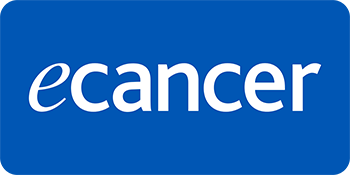Introduction: We describe a screening and prevention programme primarily targeting under-served minority women at high risk of breast and/or ovarian cancer. Women attending this Bellevue Hospital Center (BHC) Clinic were either self-referred from a variety of special outreach programmes or referred internally by medical professionals caring for relatives or friends. Our objective was to delineate referral sources and preliminary risk-assessment findings in relation to demographic features in this population.
Methods: Following a detailed family and personal history intake and physical examination, each woman on her initial visit is categorized into a low (standard) risk, high-risk or indeterminate-risk group. Women found to be at high risk of developing breast and/or ovarian cancers are referred for further testing, additional screening measures, or participation in chemoprevention trials. All other women are counselled concerning follow-up and lifestyle issues.
Results: Between 2003 and 2007, 171 women for whom complete information was obtained were analysed. Thirty-four of the women were Caucasians (19.8%) and 137 (80.2%) were ethnically diverse minority women. Sixty-two (36.2%) were found to be at high risk with a median age of 42 years. The majority of the high-risk women were referred to the clinic by medical professionals (58%), most of whom were from within the BHC health care system. In fact, one-fourth of the referrals were women who carried a diagnosis of cancer, mostly arising in the breast, and who were concerned with risks to other family members. Trends in genetic testing results indicate fewer mutations among high-risk Asians than among other ethnicities.
Conclusion: Accurate risk assessments and implementation of screening and prevention measures have been challenging during the first few years of operation. Nevertheless, the need for providing consultation from internal referrals and the potential for genetic and psychosocial research in an ethnically diverse population are powerful incentives for continuing to evolve these services.







